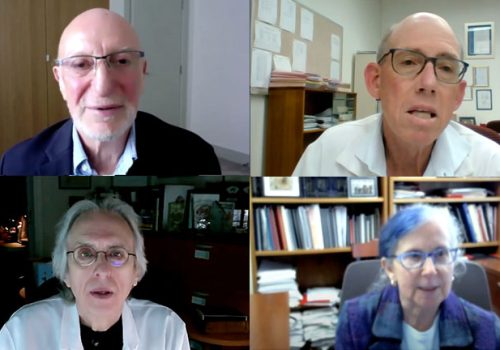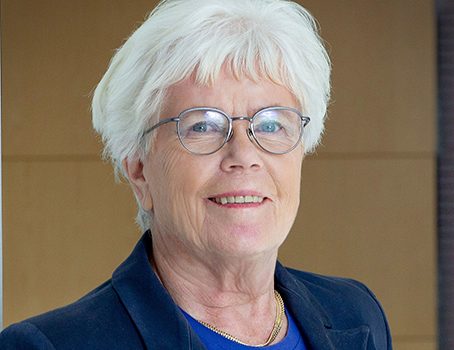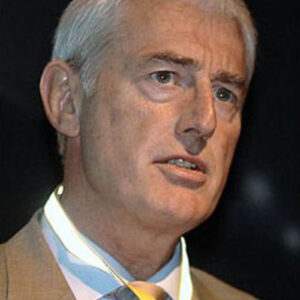Professor Daniel Gaudet, University of Montreal, Canada describes the results of the Phase 2b, SHASTA-2 dose-finding trial of plozasiran 10 mg, 25 mg or 50 mg s.c. or matched placebo in patients with severe hypertriglyceridaemia, and discusses what the findings mean for clinicians.
Growing evidence supports use of remnant cholesterol in ASCVD risk classification
Including elevated remnant cholesterol in risk assessment for atherosclerotic cardiovascular disease (ASCVD) may better indicate patients who are likely to have a CV event than current models, and help to guide future treatment strategies. Professor Børge G. Nordestgaard (University of Copenhagen, Denmark) discusses growing evidence supporting the use of remnant cholesterol measurement in both primary and secondary prevention settings.
Highlights of 2022 and looking forward to 2023
2022 was an important year for triglyceride-related research, with extensive clinical and preclinical data presented at international congresses and published in leading journals. When we asked Editorial Advisory Board members for their highlights, they agreed that the PROMINENT trial of triglyceride (TG) lowering to reduce cardiovascular (CV) risk, published in November 2022, was a major milestone.
New APOC3 loss-of-function data support apoCIII as a treatment target for CV disease prevention
Newly published data on the postprandial kinetics of apoB48 and B100 in chylomicrons, VLDL1, VLDL2, IDL and LDL, in people heterozygous for a loss-of-function (LOF) mutation in the APOC3 gene, indicate the potential benefits of apoCIII lowering for cardiovascular disease (CVD) prevention.
Cholesterol crystals: the next target for intervention in atherosclerotic cardiovascular disease?
Professor John Chapman (Pitié-Salpetrière University Hospital, INSERM, Paris France) discusses the crucial role of cholesterol crystals in atherothrombosis and the evidence suggesting that ethyl eicosapentaenoic acid may modify crystal formation and deposition, with implications for therapeutic intervention in atherosclerotic cardiovascular disease (ASCVD).
Triglyceride-rich lipoproteins and their remnants: Commentary on the 2021 EAS Consensus Statement
The recently published European Atherosclerosis Society (EAS) consensus statement on triglyceride-rich lipoproteins (TRLs) and their remnants provides a critical appraisal of current understanding of the structure, function, and metabolism of TRLs, and their pathophysiological role in atherosclerotic cardiovascular disease (ASCVD).1
Professor Gary Lewis, Director of the Banting and Best Diabetes Centre at the University of Toronto, Canada, and co-author of this important EAS publication, discusses the evidence and its implications for clinicians and patients.










